Japanese Social Etiquette Guide: From Escalators to Public Silence—What No One Tells You
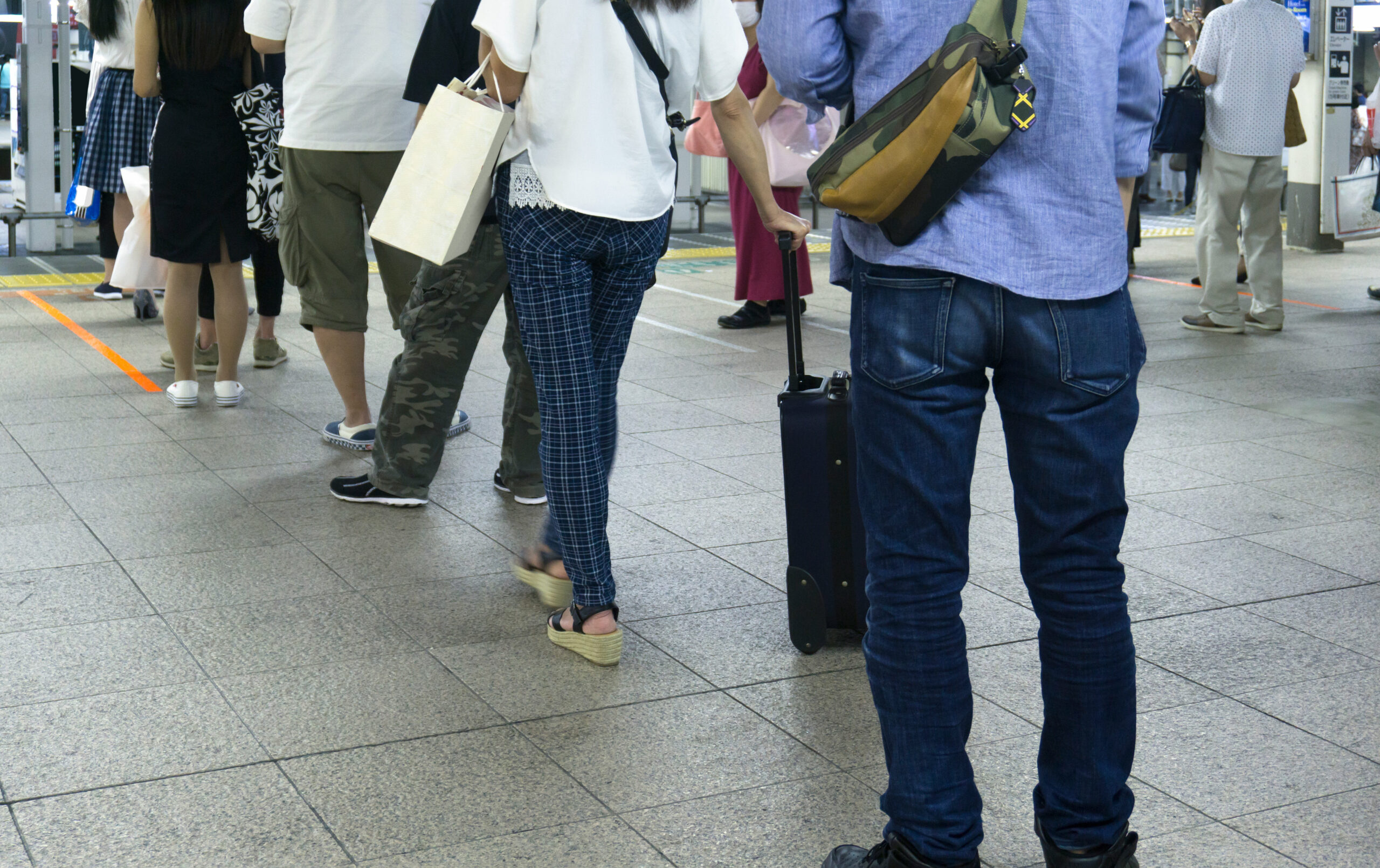
“I’m planning to visit Japan and want to understand the unspoken social norms to avoid any cultural misunderstandings or unintentional offenses. What should I be aware of?”
That’s a common concern among travelers and expatriates. Understanding Japanese social norms and cultural etiquette is essential for seamless integration and respectful interaction within Japanese society.
In this article, we’ll delve into the nuances of Japanese social etiquette, from the correct side to stand on escalators to the importance of maintaining silence in public spaces. We’ll explore these unspoken rules to help you navigate Japan with confidence and respect.
Introduction to Japanese Social Etiquette
“I’m planning to visit Japan and want to understand the unspoken social norms to avoid any cultural missteps.” Many travelers share this sentiment, eager to immerse themselves in Japan’s rich culture without inadvertently causing offense. While guidebooks often highlight major customs, it’s the subtle, unspoken rules that truly define daily interactions in Japan.
In Japan, social harmony and respect for others are paramount. These values manifest in various aspects of daily life, from the quietness observed on public transportation to the orderly queuing at train stations. Understanding these nuances not only enhances your travel experience but also demonstrates appreciation for the local culture.
This guide delves into the intricacies of Japanese social etiquette, highlighting customs that may not be immediately obvious to visitors. By familiarizing yourself with these customs, you’ll navigate public spaces, social interactions, dining scenarios, and more with confidence and respect.
Navigating Public Spaces with Respect
The Importance of Silence in Public Transport
In Japan, maintaining silence on public transportation is a deeply ingrained social norm. Whether you’re on a bustling commuter train or a quiet regional line, the expectation is to keep noise to a minimum. This cultural practice reflects a collective respect for others’ personal space and a desire to create a peaceful environment for all passengers.
- Keeping Conversations Quiet
Engaging in loud conversations on trains and buses is generally frowned upon. If you must speak, it’s advisable to do so in a soft voice and keep the conversation brief. This consideration helps maintain the tranquil atmosphere that commuters expect.
- Refraining from Phone Calls
Making phone calls while on public transport is considered impolite. Instead, it’s customary to set your phone to silent mode and refrain from talking on it. If communication is necessary, texting is the preferred method.
- Using Headphones for Audio
When listening to music or watching videos, always use headphones and ensure the volume is low enough not to disturb others. Even with headphones, being mindful of sound leakage is important to preserve the quiet environment.
Escalator Etiquette Across Regions

Navigating escalators in Japan requires awareness of regional practices to ensure smooth pedestrian flow and demonstrate respect for local customs.
- Standing on the Correct Side
In Tokyo (東京, Tōkyō) and most of the Kanto (関東, Kantō) region, it’s customary to stand on the left side of the escalator, leaving the right side open for those who wish to walk. Conversely, in Osaka (大阪, Ōsaka) and the Kansai (関西, Kansai) region, people stand on the right, allowing walkers to pass on the left.
- Leaving Space for Those in a Hurry
Regardless of the region, the principle remains the same: one side is designated for standing, and the other for walking. This practice facilitates efficient movement, especially during peak hours when stations are crowded.
- Avoiding Blocking the Fast Lane
Standing in the walking lane is discouraged, as it can impede the flow of foot traffic and cause inconvenience. Being mindful of this etiquette helps maintain order and demonstrates consideration for others.
Queueing and Personal Space
Orderly queueing and respecting personal space are fundamental aspects of Japanese social etiquette, reflecting the cultural emphasis on harmony and consideration.
- Forming Orderly Lines
In various settings—be it train stations, bus stops, or retail stores—forming neat and organized lines is the norm. Often, floor markings indicate where to stand, guiding people to queue properly.
- Maintaining Appropriate Distance
Maintaining a respectful distance from others in queues is important. Standing too close can be perceived as intrusive. A general guideline is to keep about an arm’s length distance from the person in front of you.
- Respecting Others’ Personal Space
Beyond queues, personal space is valued in public settings. Avoiding unnecessary physical contact and being mindful of others’ comfort zones are key aspects of daily interactions.
Understanding and adhering to these unspoken rules not only facilitates smoother experiences in public spaces but also shows respect for Japanese cultural norms.
Social Interactions and Communication
Greetings and Bowing

In Japan, bowing (お辞儀, ojigi) is a fundamental aspect of social etiquette, serving as a gesture of respect, gratitude, apology, or greeting. The depth and duration of a bow convey the level of respect and the context of the interaction.
Types of Bows:
- Eshaku (会釈): A slight bow of about 15˚, used for casual greetings or acknowledgments among peers.
- Keirei (敬礼): A deeper bow of approximately 30˚, appropriate for formal situations, such as meeting someone of higher status or in business settings.
- Saikeirei (最敬礼): The deepest bow, around 45˚, reserved for profound apologies or to show deep respect.
When bowing, it’s customary to keep the back straight, eyes downcast, and hands at the sides (for men) or clasped in front (for women). Avoid maintaining eye contact during the bow, as it can be perceived as confrontational.
Indirect Communication Styles
Japanese communication often emphasizes indirectness to maintain social harmony and avoid confrontation. This high-context communication style relies heavily on non-verbal cues, context, and shared understanding.
Key Aspects:
- Non-verbal Cues: Facial expressions, tone of voice, and body language play significant roles in conveying messages.
- Ambiguity: Responses may be intentionally vague to prevent disagreement or discomfort.
- Reading the Air (空気を読む, kuuki wo yomu): The ability to “read the atmosphere” and respond appropriately without explicit communication is highly valued.
Understanding these nuances is crucial for effective interaction in Japanese society. It’s advisable to pay close attention to subtle cues and context to grasp the intended meaning.
You Might Also Be Interested In:
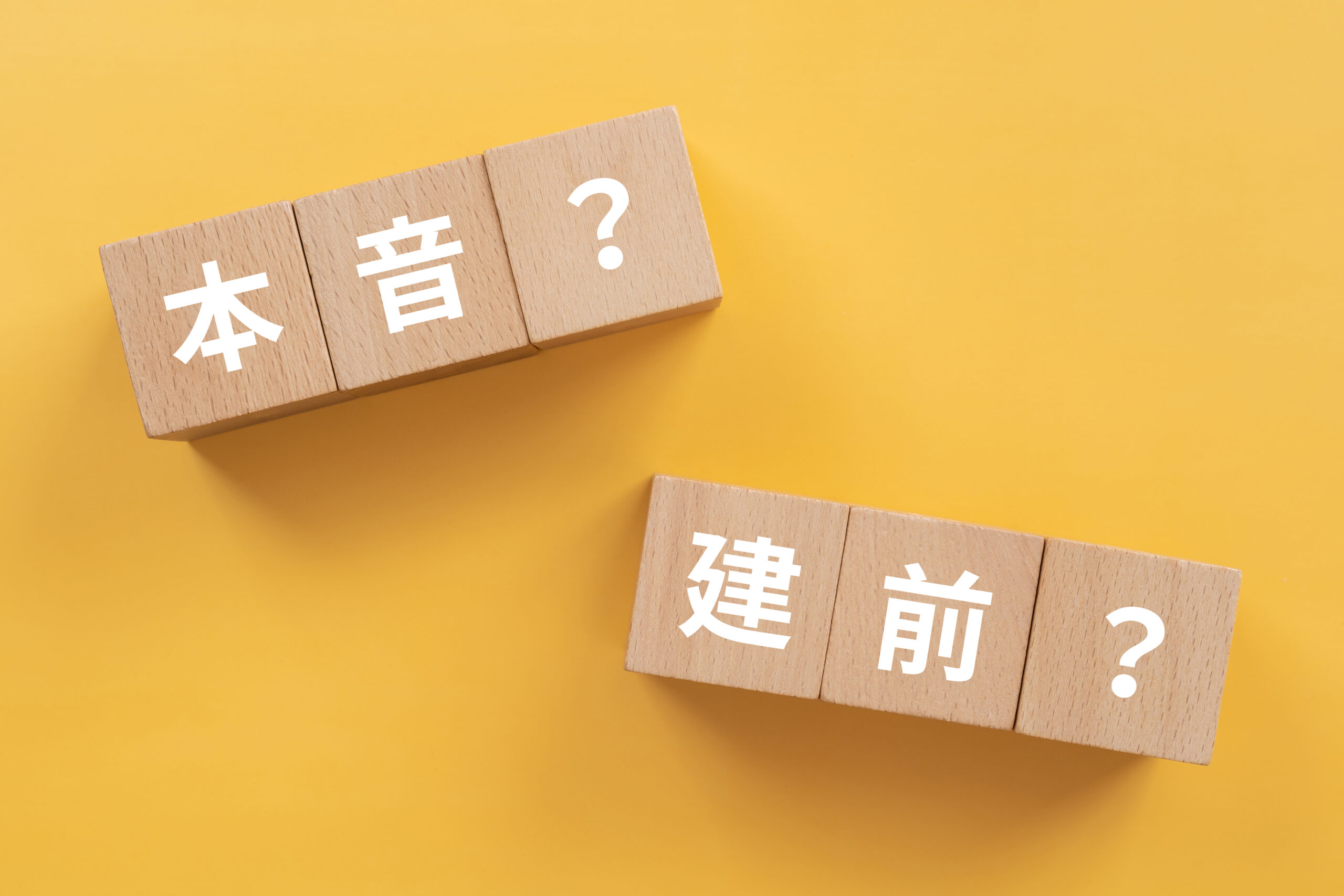
Gift-Giving Customs
Gift-giving is an integral part of Japanese culture, reflecting respect, gratitude, and social bonding. The practice is governed by specific customs and expectations.
Guidelines:
- Presentation: Gifts should be wrapped neatly, often using traditional wrapping cloths like furoshiki (風呂敷). The presentation is as important as the gift itself.
- Giving and Receiving: Always offer and accept gifts with both hands to show respect.
- Appropriate Gifts: Choose items that are thoughtful and considerate of the recipient’s preferences. Avoid gifts associated with negative connotations, such as items in sets of four (the number four, 四, shi, sounds like “death”) or sharp objects, which can symbolize severing relationships.
- Timing: Common occasions for gift-giving include visiting someone’s home, returning from a trip (お土産, omiyage), and seasonal events like ochugen (お中元) in summer and oseibo (お歳暮) at year-end.
When presenting a gift, it’s customary to modestly downplay its value, using phrases like “It’s just a small thing, but…” (つまらないものですが, tsumaranai mono desu ga).
Here Are More Articles You Might Find Helpful:
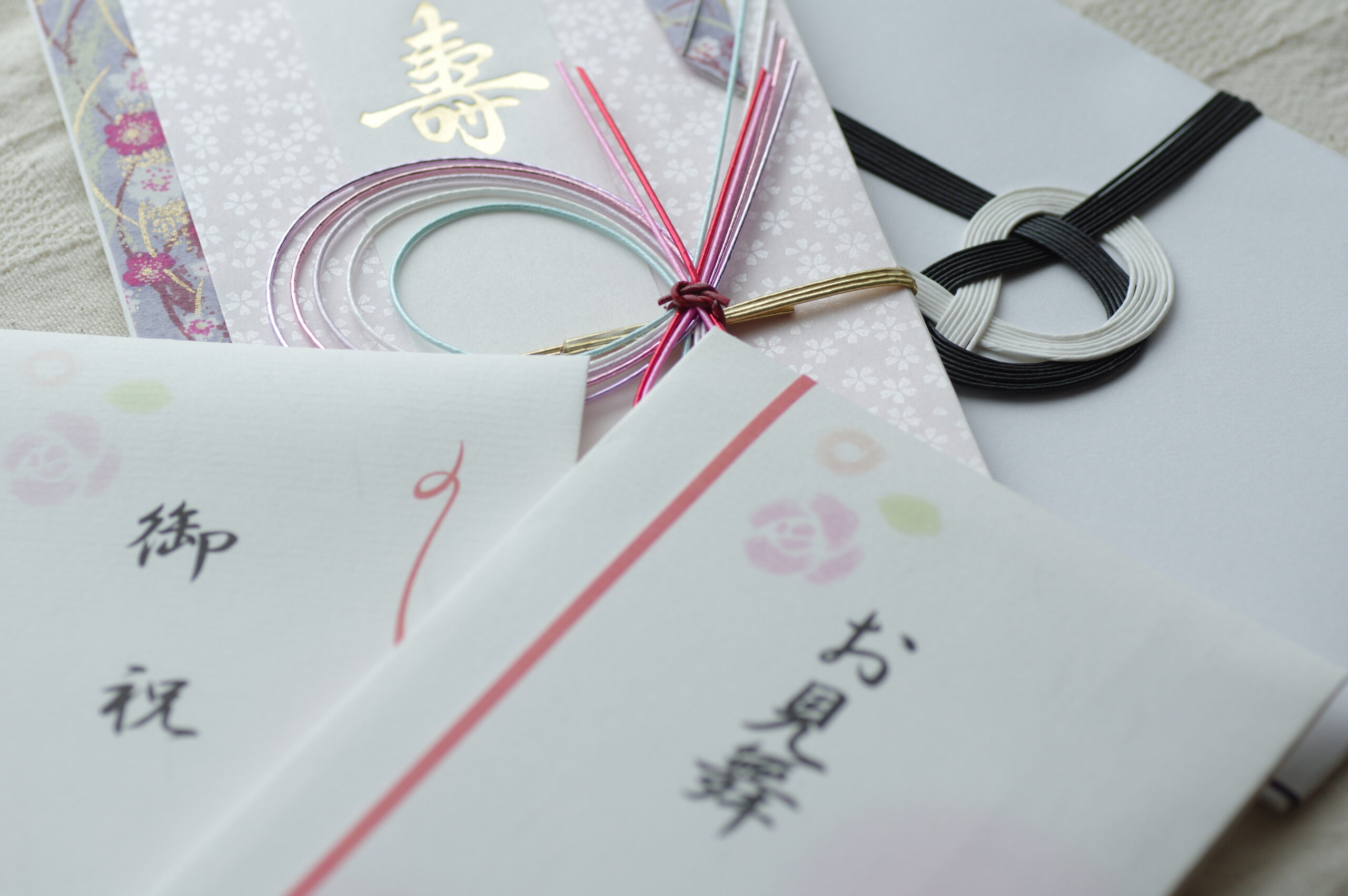
Dining Etiquette and Practices
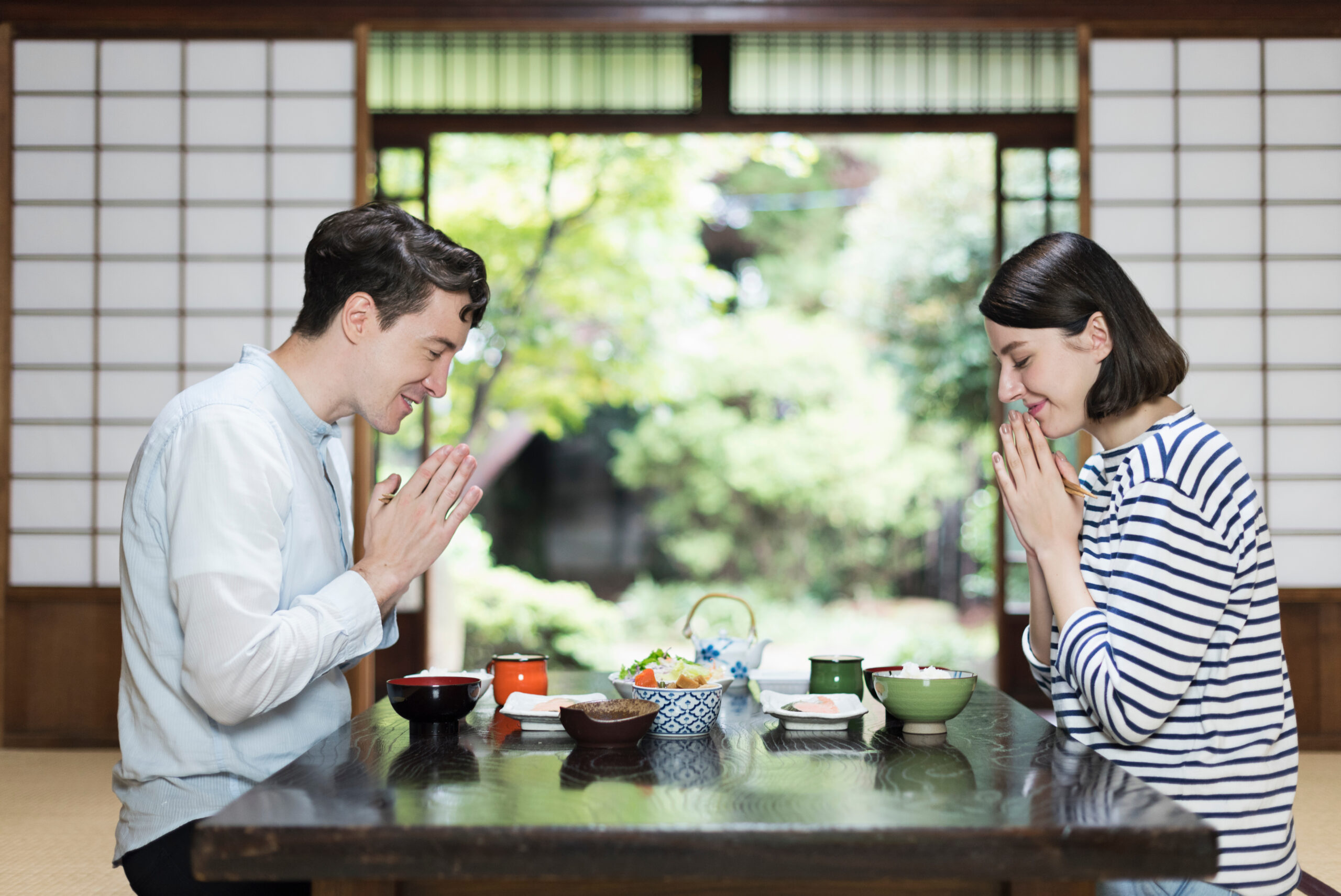
Table Manners
- Using Chopsticks Correctly
In Japan, chopsticks (箸, hashi) are more than just utensils—they’re an extension of etiquette. It’s important to avoid actions like pointing with chopsticks, passing food directly from one pair of chopsticks to another, or sticking them upright in a bowl of rice, as these gestures are reminiscent of funeral rituals and are considered impolite. When sharing dishes, use the opposite end of your chopsticks or dedicated serving utensils to transfer food to your plate.
- Saying “Itadakimasu” and “Gochisousama”
Before beginning a meal, it’s customary to say “Itadakimasu” (いただきます), expressing gratitude for the food. After finishing, saying “Gochisousama deshita” (ごちそうさまでした) shows appreciation for the meal. These phrases reflect respect for the effort put into preparing the food and the act of eating itself.
- Not Sticking Chopsticks Upright in Rice
Placing chopsticks vertically into a bowl of rice is a practice associated with funerals and is considered taboo during meals. Instead, rest your chopsticks on a chopstick rest or lay them neatly across your dish when not in use.
Find More Information Here:
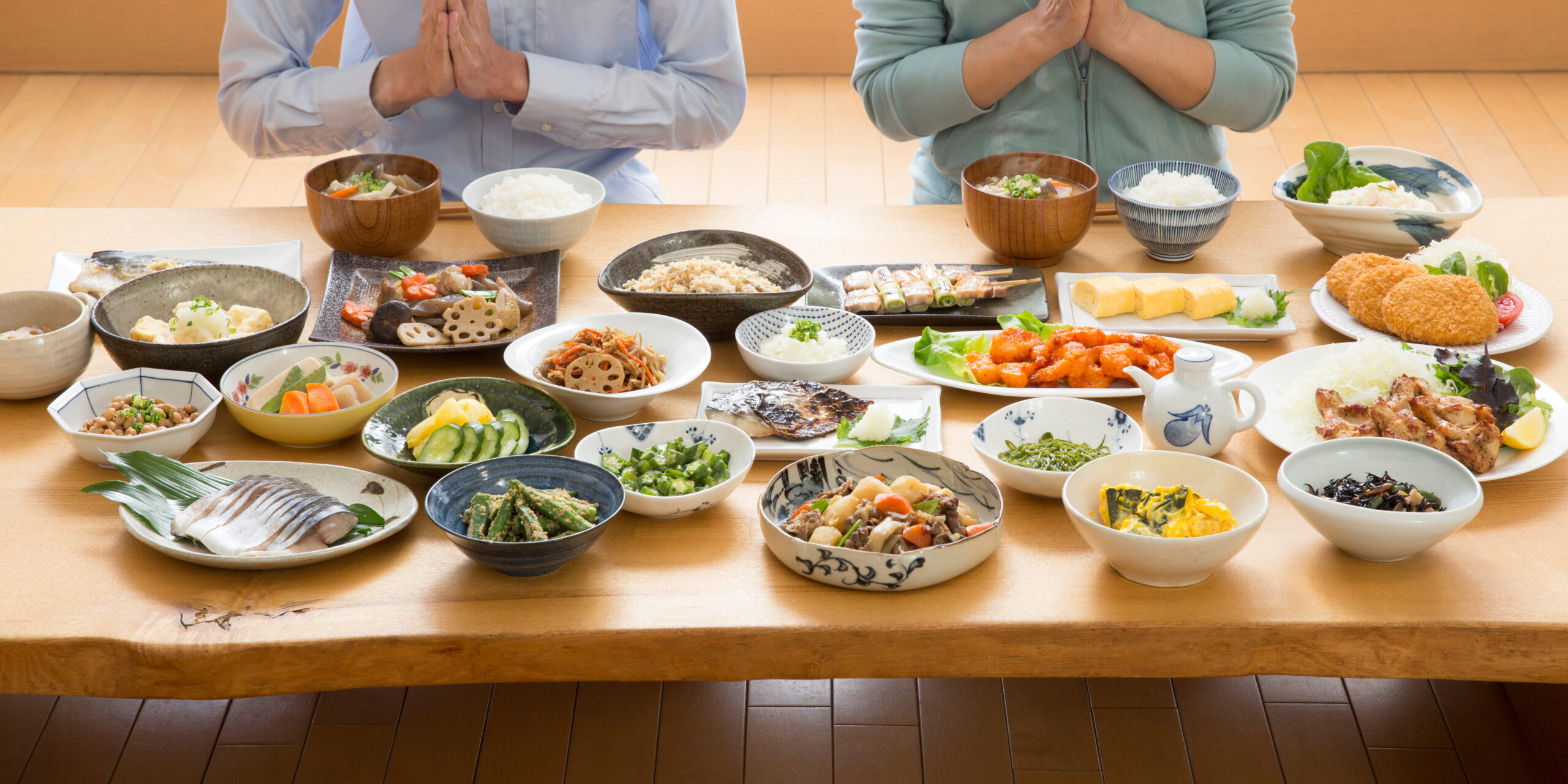
Paying and Tipping
- Using the Tray Provided for Payments
In many Japanese establishments, a small tray is provided for monetary transactions. Rather than handing cash directly to the cashier, place your payment on the tray. This practice is rooted in a cultural emphasis on politeness and minimizing direct contact.
- Understanding That Tipping Is Not Customary
Tipping is not a common practice in Japan and can even be considered rude. Service charges are typically included in the bill, and staff take pride in providing excellent service without the expectation of additional compensation. If you leave a tip, it’s likely to be returned to you, as it’s not part of the customary dining experience.
- Expressing Gratitude Without Monetary Tips
While tipping isn’t customary, expressing your appreciation verbally is encouraged. A sincere “Arigatou gozaimasu” (ありがとうございます) or “Gochisousama deshita” at the end of your meal conveys gratitude and respect for the service provided.
Eating in Public
- Avoiding Eating While Walking
Eating while walking is generally frowned upon in Japan, as it can be seen as disrespectful and unhygienic. Instead, it’s customary to consume food in designated areas, such as benches near food stalls or inside eateries. This practice helps maintain cleanliness and order in public spaces.
- Being Mindful of Strong Food Smells
When enjoying food in public spaces in Japan, it’s important to be mindful of your surroundings. While eating on-the-go is generally acceptable, especially with street food, certain areas—such as trains, parks near temples, or quiet neighborhoods—may have specific expectations. In these settings, consuming foods with strong odors can be considered inconsiderate, as the aroma might disturb others. This is consistent with Japanese culture, which places great importance on not causing trouble to others.
- Consuming Food in Designated Areas
Japan offers numerous designated areas for eating, including food courts, parks, and rest areas. Utilizing these spaces aligns with local customs and demonstrates respect for communal environments. If you’re unsure where to eat, observing where locals dine or asking for guidance can be helpful.
Home and Private Space Etiquette
Visiting Someone’s Home
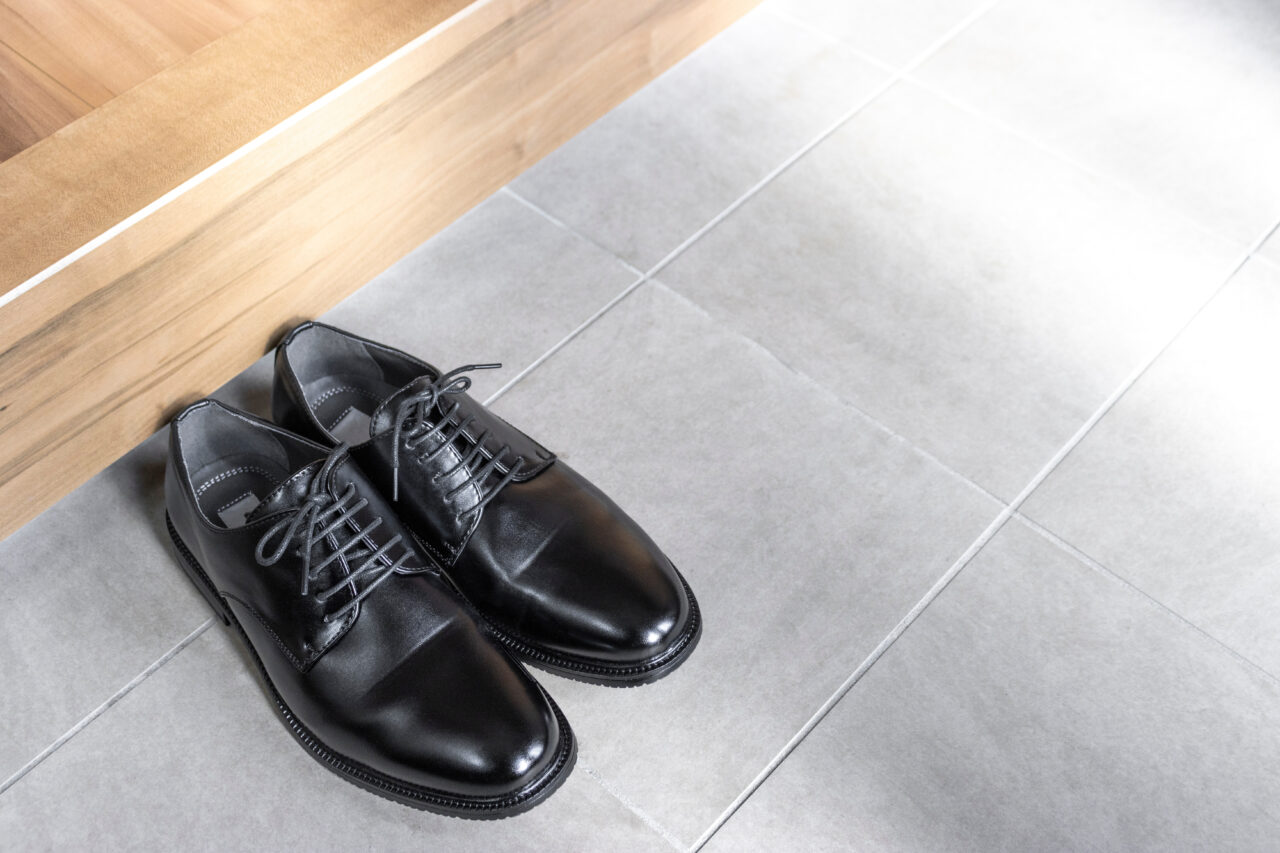
In Japan, visiting someone’s home involves observing specific customs that reflect respect and consideration.
Upon arrival, it’s customary to remove your shoes at the entrance, known as the genkan (玄関). This practice maintains cleanliness within the home. After removing your shoes, it’s polite to place them neatly, often facing the door for ease when leaving. Bringing a small gift, or omiyage (お土産), is a thoughtful gesture to show appreciation for the host’s invitation. Common choices include sweets, snacks, or items from your hometown.
During the visit, it’s respectful to follow the host’s lead. Wait to be invited into rooms and observe cues for seating and other activities. This attentiveness demonstrates your regard for the host’s hospitality.
Bathing and Onsen Etiquette
Bathing, especially in onsen (温泉), or hot springs, is a significant aspect of Japanese culture, emphasizing relaxation and cleanliness. Before entering the communal bath, thoroughly wash and rinse your body at the provided shower stations. This step ensures the bath remains clean for all users.
It’s important not to bring towels into the bath itself. Instead, place your small towel on your head or leave it on the side of the bath to keep it dry and maintain hygiene. Maintaining a quiet atmosphere is essential in onsen. Refrain from loud conversations to preserve the serene environment that others seek for relaxation.
By adhering to these practices, you show respect for Japanese customs and contribute to a harmonious experience for all.
Workplace and Business Etiquette
Business Card Exchange
In Japanese business culture, the exchange of business cards, or meishi (名刺), is a ritual that reflects respect and professionalism. The process is formal and follows specific protocols to honor the relationship between parties.
When presenting your business card, hold it with both hands at chest level, ensuring the text faces the recipient for easy reading. Accompany the gesture with a slight bow and a polite introduction, such as: “Hajimemashite, [company name] no [position], [name] to moushimasu” (はじめまして、[会社名]の[役職]、[名前]と申します), meaning “Nice to meet you, I am [name], [position] at [company name].”
Upon receiving a business card, accept it with both hands, expressing gratitude with a phrase like “Choudai itashimasu” (頂戴いたします, choudai itashimasu), meaning “I humbly receive this.” Take a moment to examine the card, noting the individual’s name and title, which demonstrates respect and attentiveness. Avoid placing the card in your pocket or writing on it; instead, place it carefully into a business card holder or on the table in front of you during the meeting.
Maintaining the condition of your business cards is also important. Ensure they are clean and unbent, reflecting your professionalism. Using a dedicated card case is advisable to keep them in pristine condition.
Meeting Conduct
Punctuality is a cornerstone of Japanese business etiquette. Arriving at least 10 minutes early for meetings is customary and demonstrates respect for others’ time. Tardiness can be perceived as a lack of commitment or reliability. Meetings often begin with a formal greeting and the exchange of business cards. It’s customary to wait for the host to indicate where you should sit, as seating arrangements are typically based on hierarchy. The most senior person usually sits furthest from the door, a position of honor.
During discussions, using formal language and maintaining a polite demeanor are expected. It’s important to listen attentively, avoid interrupting, and allow for pauses in conversation, as silence can be a sign of contemplation and respect. Taking notes during meetings is also viewed positively, indicating engagement and respect for the information being shared. At the conclusion of the meeting, wait for the host to signal the end before standing or leaving.
Understanding and adhering to these practices will help foster positive relationships and demonstrate your respect for Japanese business culture.
Discover Related Guides:

Conclusion and Key Takeaways
Navigating Japanese etiquette enriches your travel experience and fosters meaningful connections.
Key practices include:
- Public Behavior: Maintain a quiet demeanor in public spaces, especially on trains and buses. Avoid eating while walking, and dispose of trash responsibly, as public bins are scarce.
- Dining Etiquette: Use chopsticks correctly, and never stick them upright in rice. Say “Itadakimasu” before eating and “Gochisousama” after finishing your meal.
- Social Interactions: A slight bow is a common greeting. When exchanging business cards, present and receive them with both hands, taking a moment to read the card before putting it away.
- Respect for Spaces: Remove shoes when entering homes and certain traditional accommodations. In onsen (hot springs), wash thoroughly before entering the communal bath and keep towels out of the water.
While not all customs may be familiar, observing and adapting to these practices demonstrates respect and mindfulness, enhancing your journey through Japan.
When in Doubt, Observe or Ask
If you’re ever unsure about what to do, don’t hesitate to observe those around you or politely ask a local for guidance. Japanese people are generally understanding and appreciate when visitors show a genuine interest in their customs. Remember, it’s okay not to know everything—approaching situations with respect and a willingness to learn goes a long way.
Frequently Asked Questions
What should I do if I make a social mistake in Japan?
If you realize you’ve made a cultural misstep, a simple, sincere apology—saying “Sumimasen” (すみません)—is usually sufficient. Japanese people generally appreciate the effort to respect their customs and understand that visitors may not be familiar with all etiquette rules.
Is it acceptable to speak English in public places?
Yes, it’s acceptable. While many Japanese people may have limited English proficiency, they often appreciate when visitors make an effort to communicate. Learning a few basic Japanese phrases can enhance interactions and is seen as a sign of respect.
How can I learn more about Japanese customs before my trip?
There are numerous resources available, including travel guides, cultural websites, and etiquette articles. Websites like Japan Travel offer comprehensive information on Japanese manners and customs.
Are there differences in etiquette between urban and rural areas?
Yes, there can be variations. Urban areas like Tokyo and Osaka may be more accustomed to international visitors and thus more forgiving of etiquette missteps. In rural areas, traditional customs may be more strictly observed, so it’s beneficial to be particularly mindful of local practices.
What are some common gestures to avoid in Japan?
Avoid pointing directly at people or things; instead, use your whole hand to gesture. Refrain from blowing your nose in public, as it’s considered impolite. Also, avoid speaking loudly or making phone calls on public transportation.
